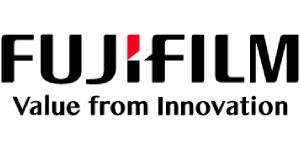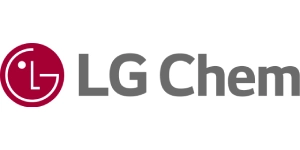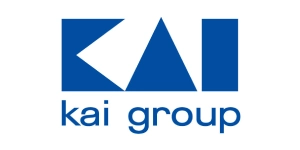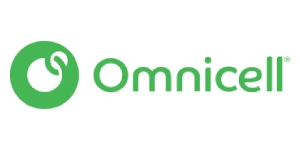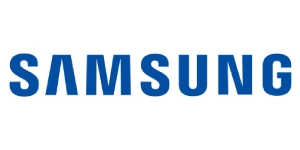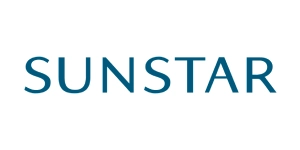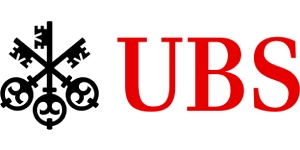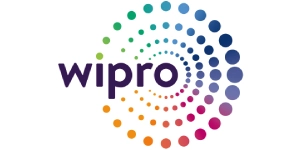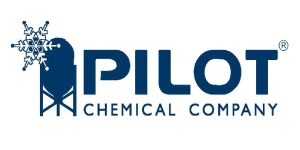Futuristic Outlook - Top 5 Trends of the Biological Computers Market in Synthetic Biology and AI Integration
Category : Pharmaceuticals | Published Date : May 2025 | Type : Press Release
As the global necessity for complex data processing and novel solutions grows, the computation field is witnessing significant development. Biological computers, leveraging biological materials for computational tasks, serve a crucial role in this development. In 2025, the biological computers market is witnessing significant shifts, fueled by advancements in synthetic biology, demand for green solutions, and AI integration. This article explores the key trends driving the biological computers market in 2025 and how growth in research funding is supporting the advancements in biological computers.
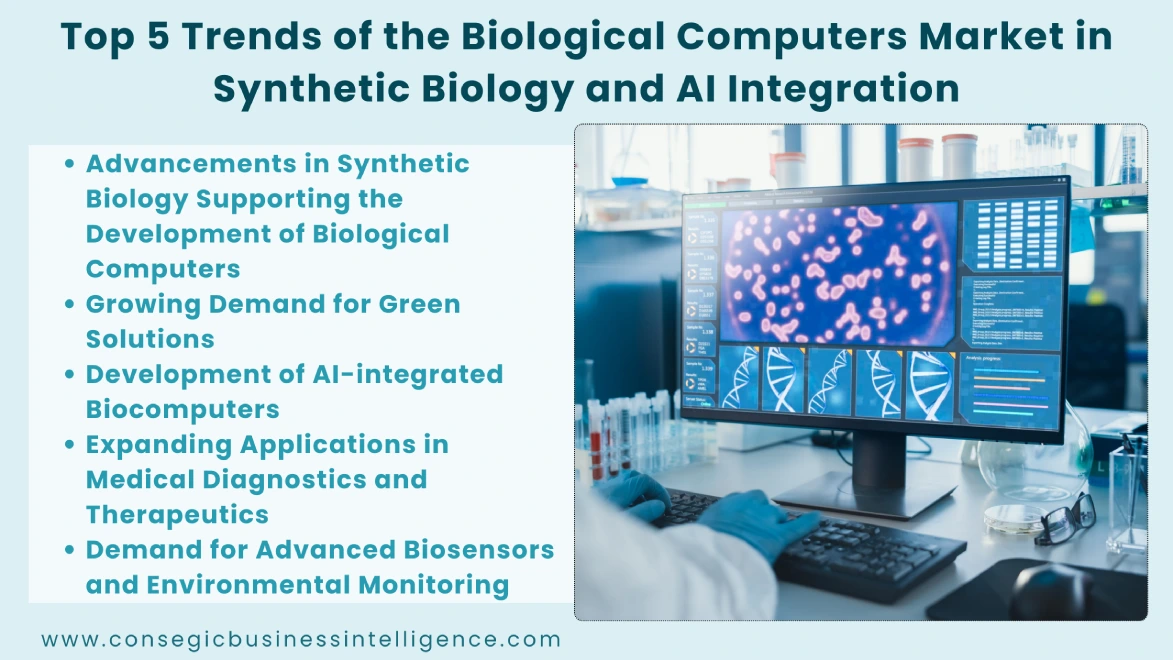
1. Advancements in Synthetic Biology Supporting the Development of Biological Computers.
One of the most transformative trends in 2025 is the progress in synthetic biology and genetic engineering. Synthetic biology, combining engineering principles with existing biotechnology techniques, offers tools to develop highly sophisticated biological circuits utilizing biomolecules such as DNA, RNA, and proteins. Adopting synthetic biology offers a library of innovative biological components that are useful for developing biocomputers capable of performing computational tasks within cellular and cell-free systems.
Advancements are making such engineered biological systems highly reliable, predictable, and scalable through DNA synthesis techniques. The continued advancements in synthetic biology to manipulate biological systems are providing the basis necessary to apply biological computers to more practical and impactful applications.
2. Growing Demand for Green Solutions
The increasing environmental awareness, coupled with the necessity for sustainable computing technologies, is another major factor influencing the biological computer market. As traditional silicon-based computing is energy-intensive, it contributes to a substantial carbon footprint, further creating the demand for biocomputers.
This solution is achievable because these systems utilize organic materials and biochemical processes that exhibit significantly greater energy efficiency than electronic circuits. Biological molecules have naturally evolved to utilize only the minimal amount of energy necessary to execute their function at the required speed. Thus, biological computers present the prospect of intrinsically more sustainable computational solutions. Thus, in 2025, research focusing on reducing the environmental implications of traditional computing is moving towards biological computing as a potential green solution.
3. Development of AI-integrated Biocomputers
The integration of artificial intelligence with biological computers is a prominent trend presenting positive implications for the biological computer market in 2025. Utilization of AI algorithms enables an efficient analysis of the complex and vast datasets generated by biological systems. These algorithms help identify patterns and optimize biocomputational processes. Energy efficiency of biological systems also provides novel hardware substrates for AI, resulting in more powerful and less energy-intensive AI models.
The convergence of these fields is driving innovation in the areas of biocomputers. The increasing recognition of this potential is attracting greater collaboration between AI and biological engineering researchers, further accelerating the growth of the biological computer market in 2025.
4. Expanding Applications in Medical Diagnostics and Therapeutics
The high biocompatibility of biocomputers and their ability to operate at the molecular and cellular level creates significant opportunities for the market. Implantable biological computers represent a technological advancement with potential utility across diverse medical applications necessitating intercellular evaluation and treatment. In 2025, the research is focusing on the development of implantable biocomputers that continuously monitor vital signs and detect disease biomarkers at their earliest stages, allowing proactive and personalized interventions.
In addition, biological computers serve a role in targeted drug delivery, opening new opportunities for therapeutics. These devices hold potential in monitoring intercellular activity, including genetic mutations. The ability of biological computers to interact directly with biological processes offers a shift in how diseases are diagnosed, treated, and ultimately managed, driving substantial interest and investment in this promising area of the market in 2025.
5. Demand for Advanced Biosensors and Environmental Monitoring
Escalating global concerns regarding environmental degradation and the increasing demand for effective monitoring solutions are another significant factor advancing the biological computer market in 2025. Traditional resource-intensive methods for environmental sensing lack the real-time, in-situ capabilities offered by biological systems. Biological computers are designed to function as advanced biosensors capable of detecting pollutants, toxins, and other environmental contaminants with high accuracy and speed.
Furthermore, these systems present the capability to be designed for continuous monitoring, providing valuable data for environmental management and remediation efforts. This inherent ability to interact with and sense biological and chemical substances at a molecular level positions biological computers as a powerful tool in addressing the growing need for sophisticated and sustainable environmental monitoring technologies.
Conclusion
The biological computer market in 2025 is characterized by innovation, sustainability, and expanding applications. With the adoption of synthetic biology and AI integration, the market is witnessing innovations supporting the expanding applications of biological computers. The growing global concern over traditional energy-intensive computing is driving the focus on green technologies that position biological computers as a potentially sustainable alternative. As research funding continues to support these advancements, the biological computer market is poised to transition from theoretical possibilities to tangible applications. Stakeholders who embrace these emerging trends will be better positioned to lead the computing and shape the future of global biocomputers.


